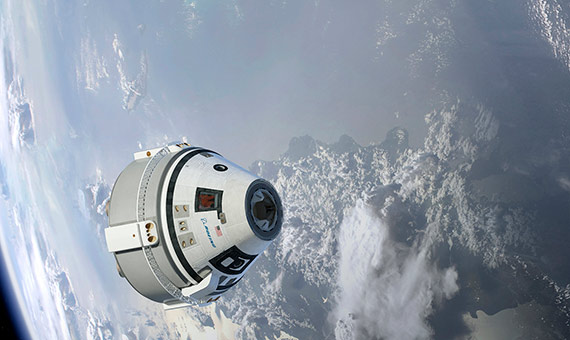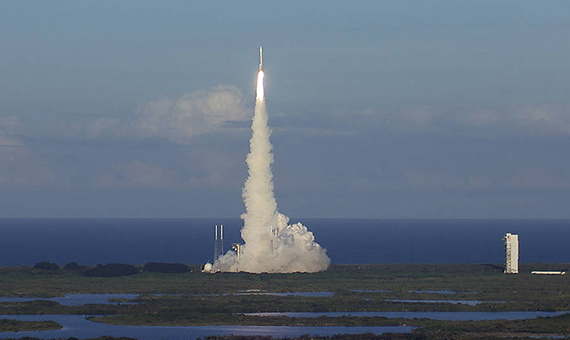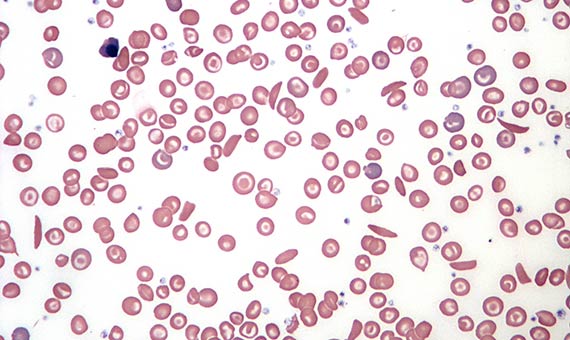We take a tentative look at the 12 months that await us, so as to highlight some of the most important milestones that science should achieve in this new year. As always happens, the most surprising things will arrive out of the blue, but here are some appointments to mark in the scientific planning agenda for 2018.
Now, finally, the first photo of a black hole
If 2017 was the year of gestation, 2018 will see the birth of the first photo ever captured of a black hole. In the year just ended, a network of radio telescopes in Hawaii, Arizona, Chile, Mexico, Spain and Antarctica turned the planet Earth into the Event Horizon Telescope (EHT), a huge virtual observatory designed to obtain an image of Sagittarius A*, the supermassive black hole at the centre of the Milky Way. If all goes as expected, the image will show a cloud of hot, bright gas swirling around the event horizon, the border from which even light cannot escape.

The volume of data is so monstrous that the hard disk drives have had to be transported in the old way, by plane, to the Max Planck Institute for Radio Astronomy in Bonn (Germany) and to the Haystack Observatory at the Massachusetts Institute of Technology, where the petabytes of information will be processed. In December, EHT officials announced that the collection and delivery of the data has been completed. In a few months we should be able to contemplate an image that will not only become one of the greatest scientific discoveries of 2018, but will mark a milestone in astronomy.
New Space is graduating from the space academy
The recent directive signed by Donald Trump to prepare the return of American astronauts to the moon has revived interest in manned space exploration. However, NASA still has three to five years ahead of it before it launches its new manned flight platform, the Space Launch System and the Orion spacecraft. Meanwhile, private operators could take the lead in 2018 with their first manned trips. The Dragon 2 from SpaceX should launch in April with an unmanned trip to the International Space Station, to be followed in August with a manned demonstration flight. Boeing and Bigelow Aerospace hope to achieve these same milestones in August and November with their CST-100 Starliner.

If these plans are met, the private companies of the so-called New Space will be able to look at the public space agencies as equals. But at the same time, they point to even more ambitious objectives to open up space to tourism. In February 2017, SpaceX announced its intention to send its Dragon 2 capsule containing two space tourists on a 5-day flight around the moon by the end of the 2018, an estimate that more than a few experts consider unrealistic.
With a more modest approach, but one that would also inaugurate a new era of human history in space, the companies Virgin Galactic and Blue Origin hope to launch in 2018 their first suborbital flights for paying passengers.
The year of the asteroids
In the field of space exploration with robotic probes, 2018 will be the year of the asteroids. Two missions, one Japanese and one American, will arrive next summer at their respective objectives, two space rocks from which both will extract samples of material in order to bring them back to Earth for analysis. The Japanese probe, Hayabusa 2, will arrive in July at its destination, the asteroid 162173 Ryugu, while NASA’s OSIRIS-REx will meet up with 101955 Bennu in August. However, there will still be a long wait before both probes are back on Earth: the Japanese probe will return in 2020, and the American one in 2023.

The new year will also bring other space missions of great interest. The European Space Agency and the Japanese Agency for Aerospace Exploration will launch in October the BepiColombo, which will take over from the American MESSENGER in the exploration of Mercury. The two probes that make up the mission must take a long route past the Moon and Venus before reaching their destination in 2025.
For its part, NASA has its most outstanding launch of the year planned for May: the InSight mission to Mars. In November, this surface probe will join NASA’s two other craft still active on Martian soil (Opportunity and Curiosity) to study the geology of Mars. Finally, after the launch of the Chang’e 5 lunar mission was thwarted by the failure of the Long March 5 rocket in 2017, China hopes to launch the Chang’e 4 lunar lander this year, which would become the first spacecraft in history to land on the dark side of the Moon.
The slow take-off of genetic medicine

In the world of biology, the expectation is focused on advances in the experimental and therapeutic uses of CRISPR/Cas9, the genomic editing tool from which a revolution in the genetic treatment of diseases is expected. In 2017, the first trials of defective gene correction in embryos were addressed, and China could already have launched the first CRISPR clinical trials in cancer patients. However, progress is slow and numerous pitfalls, both scientific and legal, will be encountered. In the United States, a pair of clinical trials that should have begun in 2017 have not yet got underway. The current forecast is that 2018 will see the debut in the US and in Europe of CRISPR tests in humans for the treatment of blood diseases such as sickle cell anaemia and beta thalassemia.
Javier Yanes
Comments on this publication